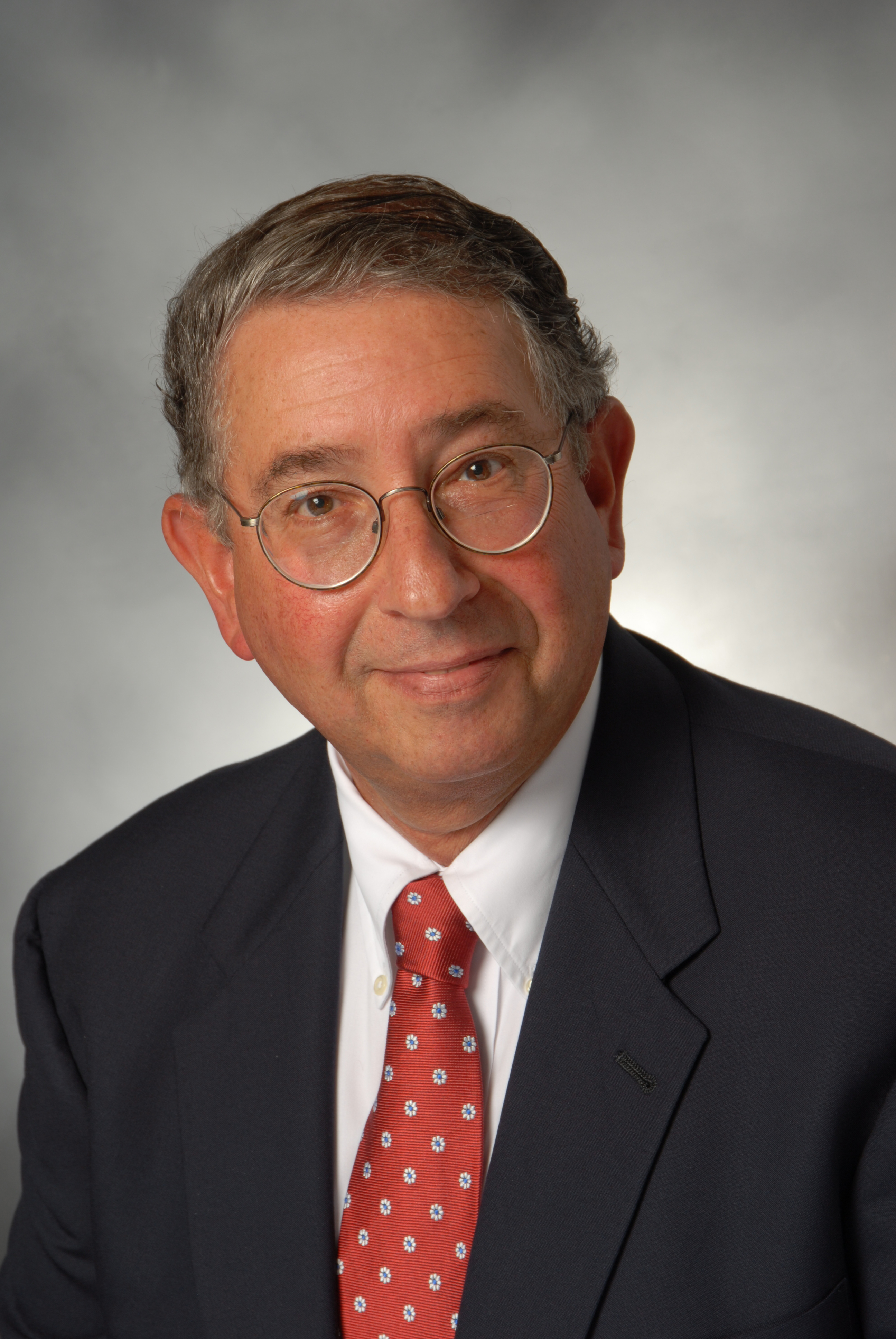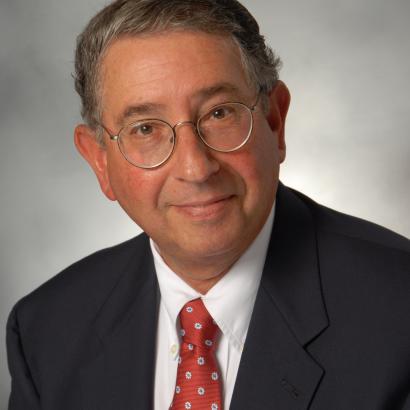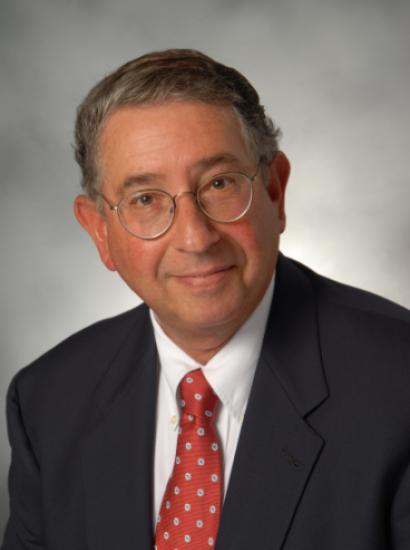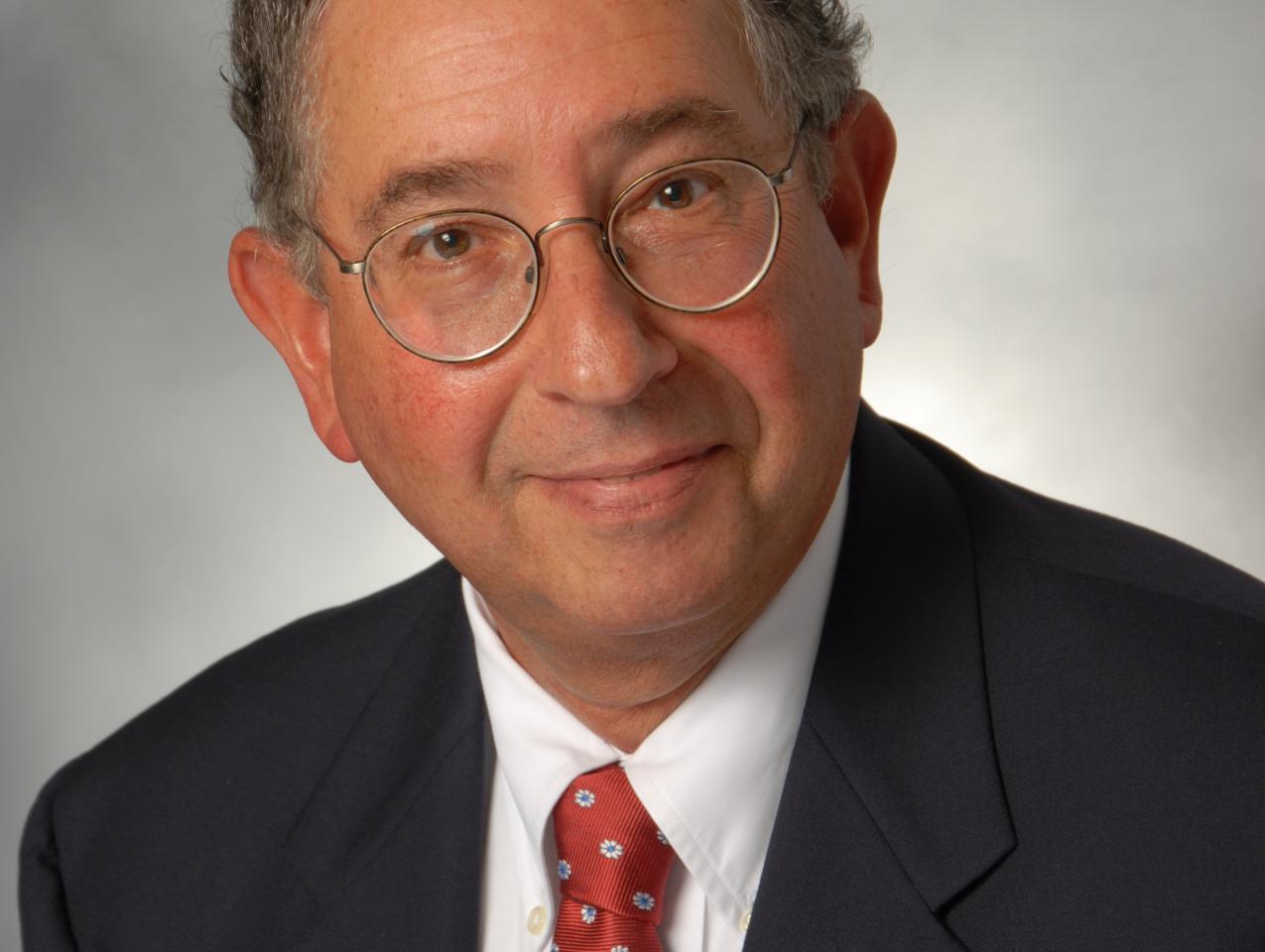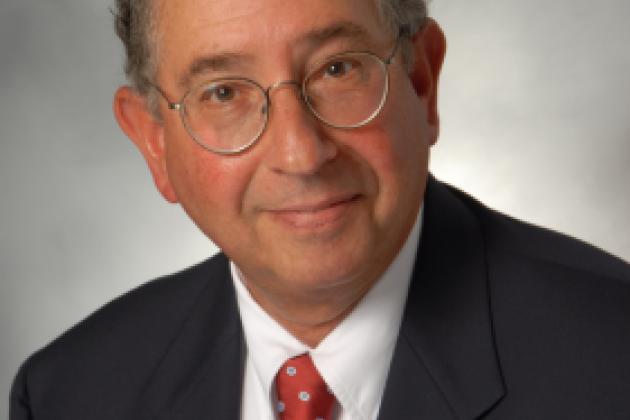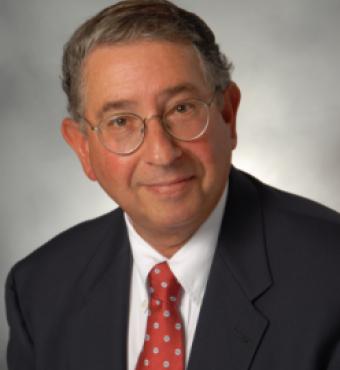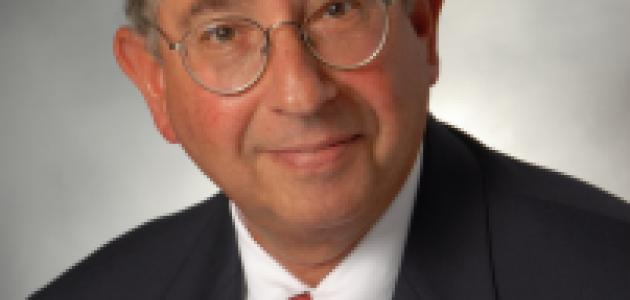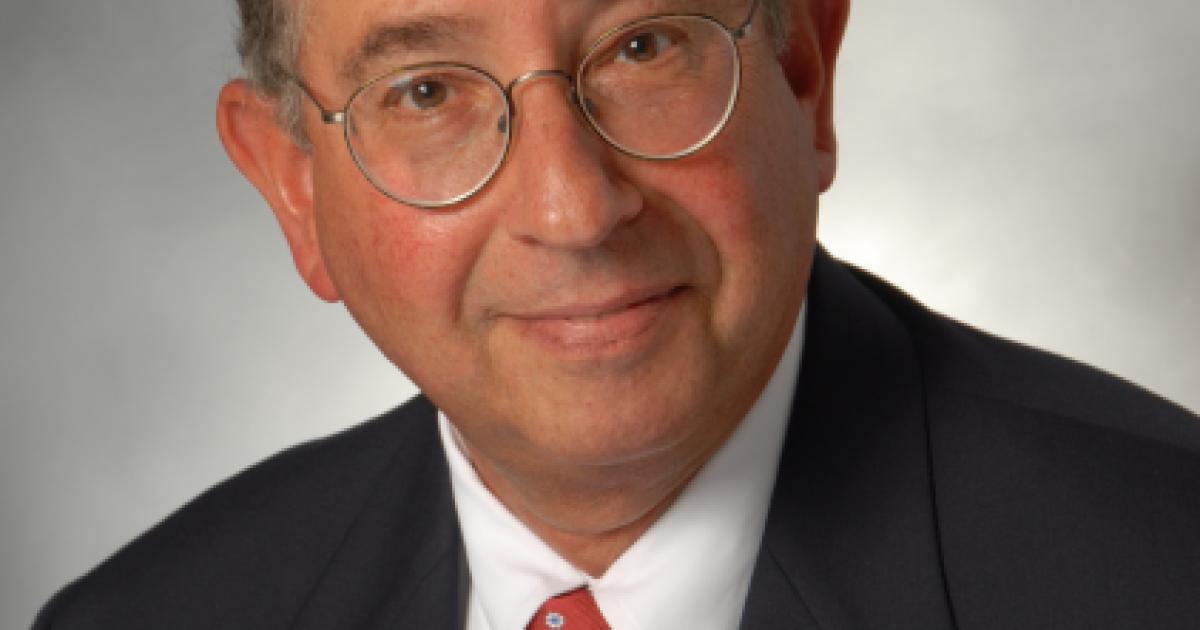- Education
- K-12
The campaign for universal preschool education in the United States has gained great momentum. Precisely as its strategists intend, many Americans are coming to believe that prekindergarten is a good and necessary thing for government to provide, indeed, that not providing it will cruelly deprive our youngest residents of their birthrights, blight their educational futures, and dim their life prospects.
The 2008 Democratic Party platform promised to “make quality, affordable early childhood care and education available to every American child from the day he or she is born,” in effect offering a universal, entitlement-style program to the families of some twenty million youngsters under the age of five.
Twice during the presidential campaign debates, Barack Obama termed early childhood education one of his highest priorities; even before serious planning got under way for an antirecession “stimulus” package, he had pledged to this priority an additional $10 billion in annual federal funding. Sam Dillon of the New York Times termed Obama’s offer “the largest new federal initiative for young children since Head Start began in 1965.”
Obama’s education secretary, Arne Duncan, is also a strong booster of pre-K education; as CEO of the Chicago schools, he set out to double the number of that city’s preschool slots, from 33,000 to 60,000, in response to “unmet demand.” (Duncan’s—and Obama’s—Chicago contains about 40,000 four-year-olds.) During his confirmation hearings in January 2009, Duncan restated the key elements of the new administration’s “Zero-to-Five” proposal, including “voluntary universal preschool quality enhancement”—whatever that may turn out to mean.
Congress is busy on this front, too. In June 2008, for example, just months after completing the belated Head Start reauthorization, the House education committee approved a new $2.5 billion measure to assist states in elevating the quality of their preschool programs. The first few days of the 111th Congress brought a flurry of bills that ranged from child-care tax credits to state grants for additional pre-K programs, home visitation services, and more. The whopping economic stimulus package enacted in February 2009 included $2.1 billion more for Head Start and $2 billion more for child care as well as additional funding for disabled preschoolers and some $54 billion in assistance to state and local education budgets.
In state capitals, meanwhile, many governors have embraced preschool in the early twenty-first century with something like the fervor they brought to K-12 education reform during the late twentieth century. (Some say they’ve turned to the former because the latter has proved exasperating, expensive, and unproductive.) Pre-K and kindergarten-expansion proposals topped their priorities in myriad “state of the state” messages in 2008. In 2007, thirty governors called for increased pre-K spending. The National Institute for Early Education Research hailed 2007 as a banner year, a time of “important milestones in expanding access” to state-funded preschool education, and declared that thirtyeight states now had such programs and that thirty of these had boosted their enrollments. “In Washington and state houses across the country,” wrote a Wall Street Journal reporter in August 2007, “preschool is moving to the head of the class.” She termed the spread of free preschool education “one of the most significant expansions in public education in the ninety years since World War I, when kindergarten first became standard in American schools.”
Preschool also looms large in the thinking of prominent education analysts and others who are alarmed by America’s long-standing achievement gaps and doubtful that K–12 schooling alone can accomplish much gap closing due to other powerful forces in the lives of children and families. In this view, schoolcentric initiatives such as the federal No Child Left Behind Act are destined to fail because they don’t start young enough and don’t address those outside forces in the lives of children and families. Instead, they urge a “broader, bolder” approach that includes sharply increased investment in “developmentally appropriate and high-quality early childhood, preschool, and kindergarten education.” Arne Duncan was among many who put their names on a recent manifesto that argued this case.
This widening enthusiasm for universal or near-universal pre-K education is no accident. In the background, plenty of strings are being tugged and dollars spent. The Journal reporter quoted above ascribed much of the push to “a well-orchestrated campaign” that she traced to three individuals: “the research director of the Federal Reserve Bank of Minneapolis, a billionaire Oklahoma oil man, and a foundation executive in Philadelphia.”
The third person on that list is Susan Urahn of the $6 billion Pew Charitable Trusts, underwriter of much of the burgeoning advocacy work now under way in this field. Pew has made universal prekindergarten one of its top priorities, investing $50 million in this effort as of 2006. Plenty of other foundations and individual philanthropists are similarly engaged. As a result, a half-dozen energized, high-profile national groups now fill cyberspace, policy makers’ inboxes, and committee witness lists. Many are Pew aided, and many also have affiliates advocating away in sundry state capitals.
Prominent examples include the national group called Pre-K Now, with a fifteen-member staff headed by Libby Doggett, who previously worked for the National Head Start Association and its clones in almost every state—organizations such as Preschool California, Voices for Ohio’s Children, Winning Beginning N.Y., and Pennsylvania Partnerships for Children. Pushing hard on policy, research, and data is the Rutgers-based National Institute for Early Education Research, which has two dozen staffers, a blue-ribbon advisory group, and generous funding from Pew and at least eight other private foundations as well as the U.S. Department of Education. Several influential business organizations, such as the National Association of Manufacturers and the Committee for Economic Development, have also climbed aboard the pre-K bandwagon, along with other unexpected groups such as the National Association of Counties and the National Governors Association.
Most have opted to pursue the “universal” model—prekindergarten for every four-year-old is their campaign slogan—rather than seeking more-intensive intervention services targeted on a far smaller group of acutely disadvantaged children. Although the moral energy of the “universalists” derives from the claim that such a program will close educational gaps between American’s haves and have-nots, their political strategy rests on the belief that enacting and funding any such programs depends on mobilizing the self-interest of middle-class families who would welcome government-financed day care and an early educational advantage for their own kids. (There are many flaws in this approach.)
Attention-getting books, most of them also underwritten by private foundations, have recently emerged on this topic, including Berkeley sociologist Bruce Fuller’s perceptive and critical Standardized Childhood, partly financed by the Spencer and Packard Foundations; Berkeley law professor David Kirp’s (Pew-aided) The Sandbox Investment, which lucidly and passionately imparts the advocates’ conventional wisdom; and former New York Times education correspondent Gene Maeroff’s Building Blocks (subsidized by the Foundation for Child Development). Another formidable intellectual presence in this arena is James Heckman, a Nobel Prize–winning economist at the University of Chicago.
One doesn’t have to be a political savant to divine that this topic has traction with parents and voters as well as readers (and writers) of books and journals. Opinion polls typically find strong public support for state-provided child care and preschool—though such surveys rarely mention how it will be paid for. And when actual program proposals are put on the ballot—as in Florida’s 2002 constitutional amendment mandating universal pre-K education—the electorate typically says aye. California’s 2006 defeat of the “Rob Reiner initiative” was an important but rare exception. Despite heavy backing by public-sector unions and Hollywood celebrities, the program’s cost, its lack of targeting, the relatively few additional youngsters it would serve, and the threat it posed to extant independent providers of preschool and child care prompted serious doubts.
Such providers are among the many stakeholders with interests in these debates, interests that—to the exasperation of single-minded advocates—turn out to be less than perfectly aligned. Besides millions of small children and their parents, stakeholders include thousands of private for-profit and nonprofit operators of day care and preschool programs; any number of churches and their “ministries” and congregations; employers who provide or pay for child care (or are being pressed to do so); welfare and education reformers of every stripe; colleges of education; and an army of current child-care workers, many of them members of organizations such as the National Head Start Association, which claims to represent some 200,000 Head Start employees.
They comprise a diverse, volatile, opinionated, and self-interested tribe ranging from “that nice lady down the street” to huge commercial firms with franchises across the land to individual churches that make their Sunday-school classrooms available on weekdays for preschool. Moreover, what they deliver (and, for the most part, wish to continue delivering) is a blend of “day care,” “preschool,” and “pre-K” programs, some of it publicly financed and some private, some of it meager and some lavish, some of it cheap and some extremely pricey, as well as innumerable other arrangements for looking after and/or educating little kids—sometimes for an hour or two a day, sometimes from dawn to dusk and beyond.
The public schools and their teachers unions also have vital stakes in this field and its policy gyrations. The University of Maryland’s Douglas Besharov and Douglas Call estimate that 90 percent of children supported by public pre-K funds in 2003–4 were enrolled in public-school-operated programs. (Pre-K Now says it’s close to 70 percent for state-funded pre-K.) Growing such programs would further expand school enrollments, system budgets, and union memberships.
Although it serves enormous numbers of small children, today’s ragged armada of day care and preschool operators and programs, with their variegated eligibility requirements, uneven quality standards, and twisted funding streams, dismays advocates whose strategy hinges on propagating identical, universal programs designed to appeal to millions of parents and voters. That strategy relies on gaining the political boost that comes from offering John Q. and Sally Z. Public, both of them now working, the prospect that somebody else will pay for their child care, creating a new middle-class entitlement to government-financed services for their four- (and maybe three-) year-olds, wrapped in much hype about school readiness and social justice for the poor.
Because openly acknowledging this as their tactic would be embarrassing, pre-K advocates have devised the rhetorical device of asserting that universal programs will be better than programs confined to low-income families and disadvantaged kids. In The Sandbox Investment, David Kirp summarizes—and endorses— this reasoning:
“Helping all of us and not just them—that division makes all the difference in the world. In theory, concentrating state pre-kindergartens entirely on poor children should help to close the education gap, and that would be a good thing. But a study carried out by two World Bank economists concluded that, when the voters effectively set tax levels, the poor are in fact worse off when a program is targeted, because the citizenry is willing to pony up much less money.”
Sophism is not too strong a term for such reasoning. Evidence from states with universal programs show that they differ profoundly from the circa 1965 bells-and-whistles prototypes so often cited by today’s advocates—precisely because that sort of boutique program is wholly unaffordable when large and broad based. We will indeed encounter problems with the big federal Head Start program, but those arise from its interest groups and ideology, not from its war-on-poverty-style income targeting. Berkeley law professor Kirp, Pre-K Now’s Doggett, and their philanthropic bank-rollers have got themselves into a misleading, even dishonest place, using arguments about gap closing to advocate universal programs that will not and cannot close gaps.
From the perspectives of boosting educational achievement in general and life prospects of needy youngsters in particular, there are better ways for America to proceed. These include highly targeted, heavily cognitive, intensive pre-K programs for the neediest children. Done right, focused on the right kids, and melded with the right K–12 school reforms, pre-K education is a good thing. Universal pre-K programs of the sort pressed by most of today’s advocates are not.







